#mongulai
Explore tagged Tumblr posts
Text
Married Mongolian Women’s Hairstyle in the Yuan Dynasty
Mongolians have a long history of shaving and cutting their hair in specific styles to signal socioeconomic, marital, and ethnic status that spans thousands of years. The cutting and shaving of the hair was also regarded as an important symbol of change and transition. No Mongolian tradition exemplifies this better than the first haircut a child receives called Daah Urgeeh, khüükhdiin üs avakh (cutting the child’s hair), or örövlög ürgeekh (clipping the child’s crest) (Mongulai, 2018)
The custom is practiced for boys when they are at age 3 or 5, and for girls at age 2 or 4. This is due to the Mongols’ traditional belief in odd numbers as arga (method) [also known as action, ᠮᠣᠩᠭᠤᠯ, арга] and even numbers as bilig (wisdom) [ᠪᠢᠴᠢᠭ, билиг].
Mongulai, 2018.
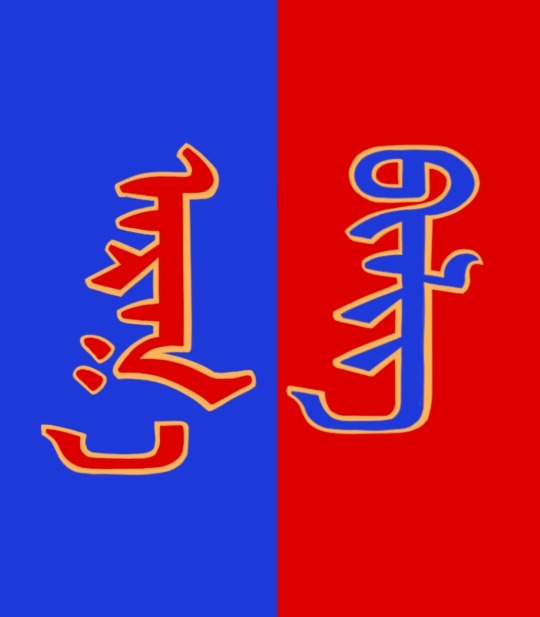
The Mongolian concept of arga bilig (see above) represents the belief that opposite forces, in this case action [external] and wisdom [internal], need to co-exist in stability to achieve harmony. Although one may be tempted to call it the Mongolian version of Yin-Yang, arga bilig is a separate concept altogether with roots found not in Chinese philosophy nor Daoism, but Eurasian shamanism.
However, Mongolian men were not the only ones who shaved their hair. Mongolian women did as well.
Flemish Franciscan missionary and explorer, William of Rubruck [Willem van Ruysbroeck] (1220-1293) was among the earliest Westerners to make detailed records about the Mongol Empire, its court, and people. In one of his accounts he states the following:
But on the day following her marriage, (a woman) shaves the front half of her head, and puts on a tunic as wide as a nun's gown, but everyway larger and longer, open before, and tied on the right side. […] Furthermore, they have a head-dress which they call bocca [boqtaq/gugu hat] made of bark, or such other light material as they can find, and it is big and as much as two hands can span around, and is a cubit and more high, and square like the capital of a column. This bocca they cover with costly silk stuff, and it is hollow inside, and on top of the capital, or the square on it, they put a tuft of quills or light canes also a cubit or more in length. And this tuft they ornament at the top with peacock feathers, and round the edge (of the top) with feathers from the mallard's tail, and also with precious stones. The wealthy ladies wear such an ornament on their heads, and fasten it down tightly with an amess [J: a fur hood], for which there is an opening in the top for that purpose, and inside they stuff their hair, gathering it together on the back of the tops of their heads in a kind of knot, and putting it in the bocca, which they afterwards tie down tightly under the chin.
Ruysbroeck, 1900
TLDR: Mongolian women shaved the front half of their head and covered it with a boqta, the tall Mongolian headdress worn by noblewomen throughout the Mongol empire. Rubruck observed this hairstyle in noblewomen (boqta was reserved only for noblewomen). It’s not clear whether all women, regardless of status, shaved the front of their heads after marriage and whether it was limited to certain ethnic groups.
When I learned about that piece of information, I was simply going to leave it at that but, what actually motivated me to write this post is to show what I believe to be evidence of what Rubruck described. By sheer coincidence, I came across these Yuan Dynasty empress paintings:

Portrait of Empress Dowager Taji Khatun [ᠲᠠᠵᠢ ᠬᠠᠲᠤᠨ, Тажи xатан], also known as Empress Zhaoxian Yuansheng [昭獻元聖皇后] (1262 - 1322) from album of Portraits of Empresses. Artist Unknown. Ink and color on silk, Yuan Dynasty (1260-1368). National Palace Museum in Taipei, Taiwan [image source].

Portrait of Unnamed Imperial Consort from album Portraits of Empresses. Artist Unknown. Ink and color on silk. Yuan Dynasty (1260-1368). National Palace Mueum in Taiper, Taiwan [image source].

Portrait of unnamed wife of Gegeen Khan [ᠭᠡᠭᠡᠨ ᠬᠠᠭᠠᠨ, Гэгээн хаан], also known as Shidibala [ᠰᠢᠳᠡᠪᠠᠯᠠ, 碩德八剌] and Emperor Yingzong of Yuan [英宗皇帝] (1302-1323) from album Portraits of Empresses. Artist Unknown. Ink and color on silk. Yuan Dynasty (1260-1368), early 14th century. National Palace Museum in Taipei, Taiwan [image source].
To me, it’s evident that the hair of those women is shaved at the front. The transparent gauze strip allows us to clearly see their hairstyle. The other Yuan empress portraits have the front part of the head covered, making it impossible to discern which hairstyle they had. I wonder if the transparent gauze was a personal style choice or if it was part of the tradition such that, after shaving the hair, the women had to show that they were now married by showcasing the shaved part.
As shaving or cutting the hair was a practice linked by nomads with transitioning or changing from one state to another (going from being single to married, for example), it would not be a surprise if the women regrew it.
References:
Mongulai. (2018, April 19). Tradition of cutting the hair of the child for the first time.
Ruysbroeck, W. V. & Giovanni, D. P. D. C., Rockhill, W. W., ed. (1900) The journey of William of Rubruck to the eastern parts of the world, 1253-55, as narrated by himself, with two accounts of the earlier journey of John of Pian de Carpine. Hakluyt Society London. Retrieved from the University of Washington’s Silk Road texts.
#mongolia#mongolian#yuan dynasty#mongolian history#chinese history#china#boqta#mongolian traditions#history#gegeen khan#empress dowager taji#mongol empire#William of Rubruck#historical fashion#arga bilig#central asia#central asian culture#mongolian culture#asia
309 notes
·
View notes
Note
Hello!! If it's not too much trouble, do you have any sites you'd recommend for fashion/outfit visuals besides Pinterest? I'm trying to cobble together some fashion visuals for the deity of eternity template but I've honestly just been fighting for my life during the past *checks clock*...... four hours 😔✊🏽
Underneath the readmore, I include both:
Fashion resources (links to posts with even more resources, lists, etc.)
How to find better images on Pinterest (Best done after looking at fashion resources!)
Resources
GENERAL resources - I was vehemently looking for a post I reblogged with stock free photos sites, but it's poofed ;; but I remember Pixabay, Unsplash and FreeImages being mentioned! Something very similar to Pinterest, but not copyright free, is WeHeartIt. These sites are very general, though, so it might be hard to find any actual fashion inspo.
European period-accurate fashion - Here is a post about a HUGE site where you can find period-accurate fashion! It also includes a link to an extremely extensive post on period-accurate fashion with resources such as books, blogs, sites, etc. My only gripe is that a majority of these resources are very eurocentric, but the post included a small non-western section for resources.
Uroboros-specific - I made a post all about the fashion of Uroboros here! This is good for finding fashion that is actually within Uroboros, but it is also great in general for finding keywords / search terms for fashion. You find the best resources by knowing the specific time period/fashion you want.
Hanfu - Traditionally worn by the Chinese, but it persists today! This is one of the fashion inspos of Uroboros. The sites suggested in this post will be more modern/inspired than period-accurate, but they are gorgeous! My preference is to use Taobao, a Chinese site for buying hanfu, but currently, I am unable to access it. Hence, this post has a list of non-Taobao shops.
Deel - traditional Mongolian clothing, also one of the inspiration for Uroboros (desert region). Mongulai is a Mongolian shop founded by a Mongolian man!
Once you find all the kinds of dresses you want, though, you might consider looking for them in Pinterest. You only need a general idea of what you want, not extensive knowledge on it--so you might not want to sift through actual books!
For that, equipped with knowing what you want, the best way to get a lot of images quickly is by
Finding things on Pinterest
Finding things on Pinterest is great for general ideas, but the best things you get on Pinterest is by being specific. I already know I want Rococo, Song style hanfu, and some paintings/vibes/aesthetic, so I'll start searching up those things.
Once I find an image I like and save it, Pinterest learns what I like and starts recommending me things through my feed that are even more accurate to what I'm looking for. And of course, clicking on that Pin will suggest other Pins like it, which sends you down the rabbit hole of finding things. This is how I get 90% of the images I have, with only 10% of it being directly searched.
Here's an example of just searching for vibes/aesthetic. I start my search with "ethereal aesthetic", nature aesthetic, and "marble statues aesthetic":
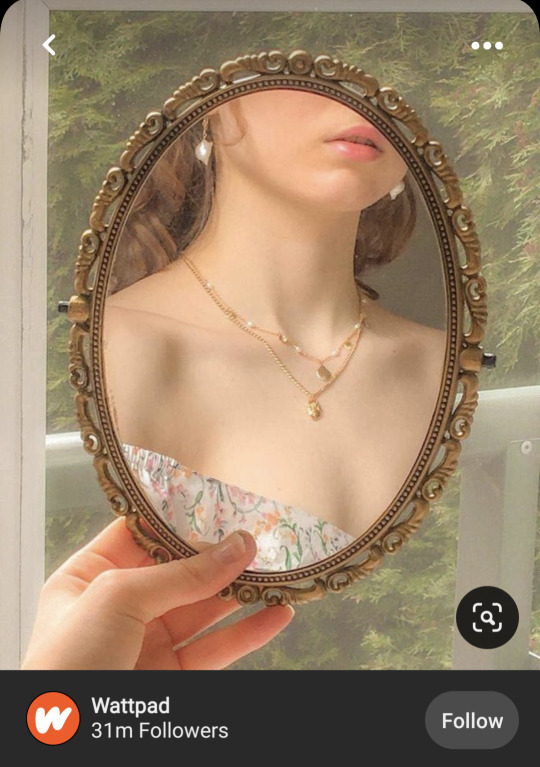
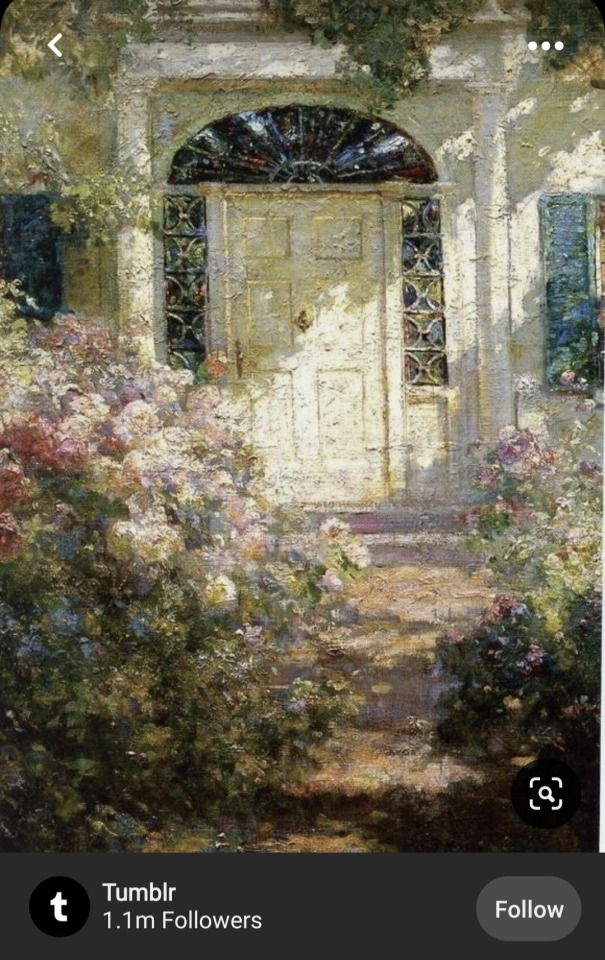
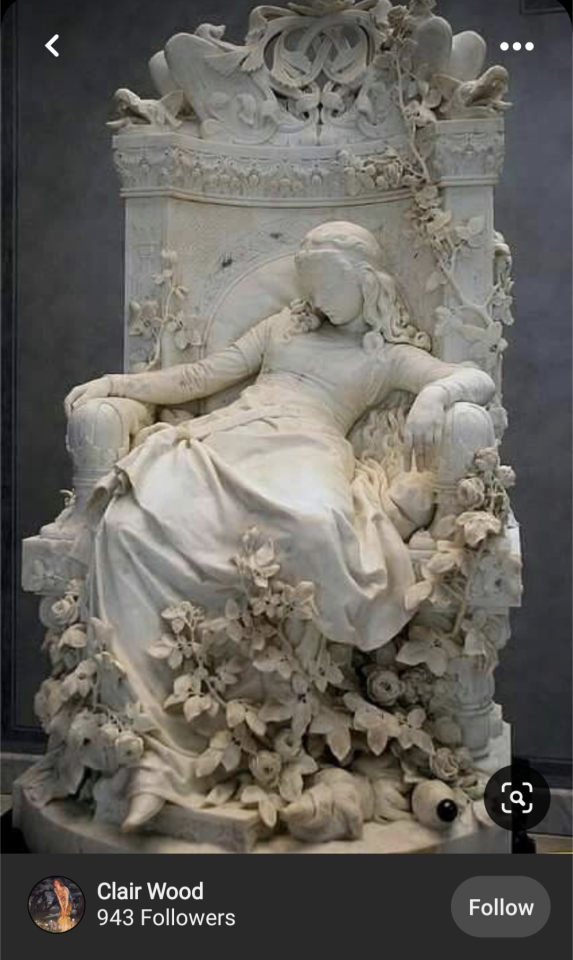
It took a couple of minutes of scrolling to find these after looking through the search results, since my search terms were relatively general.
After saving only a few images, I went back to the feed and it started suggesting me some pretty similar things:


However, when you know SPECIFIC things you want (after looking at the resources I suggested), you get even better results just from searching (in addition to having amazing suggestions from your feed).
Here, I looked up "Rococo paintings," "Mediterranean aesthetic," and "Song style hanfu":
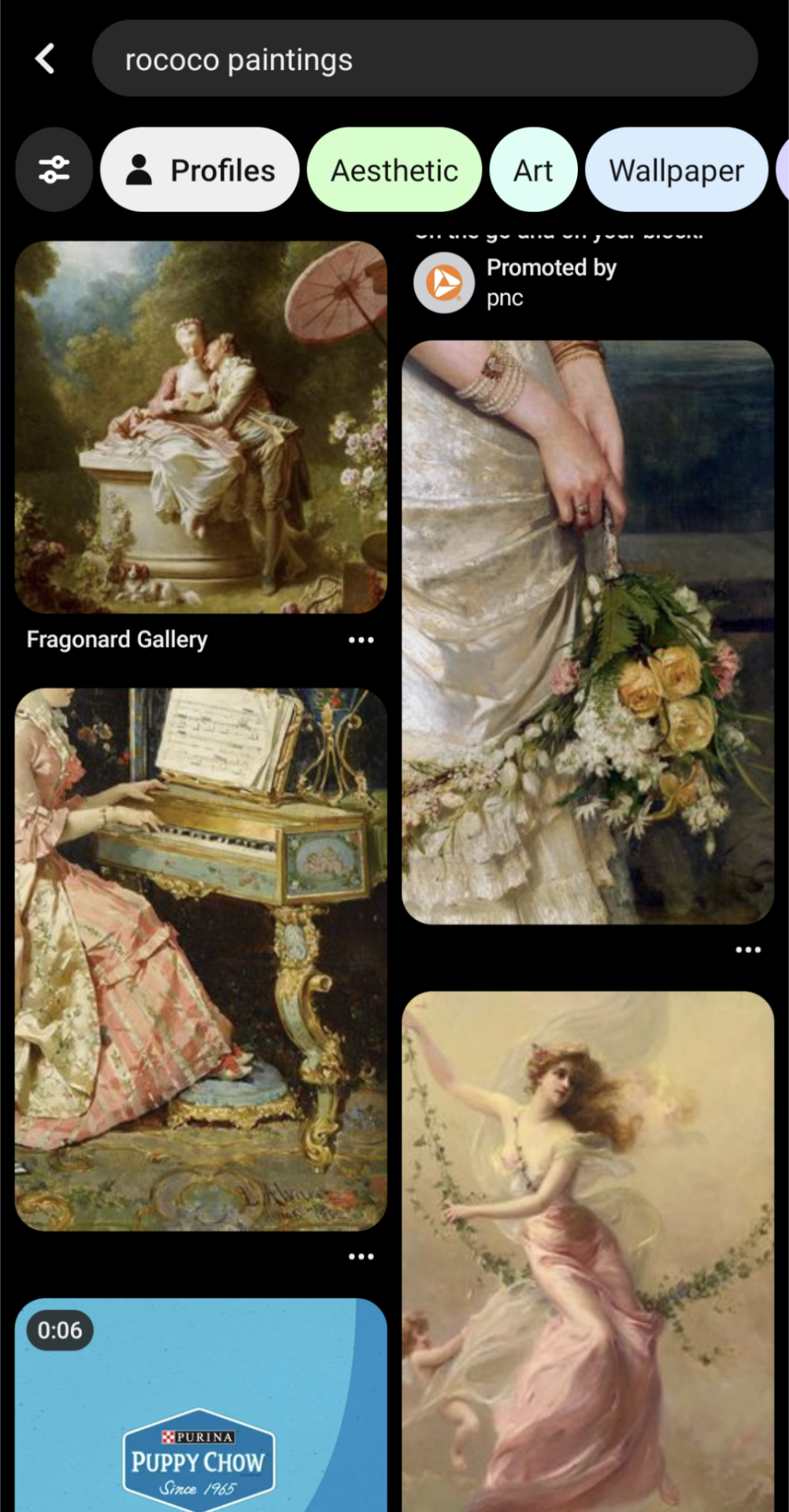
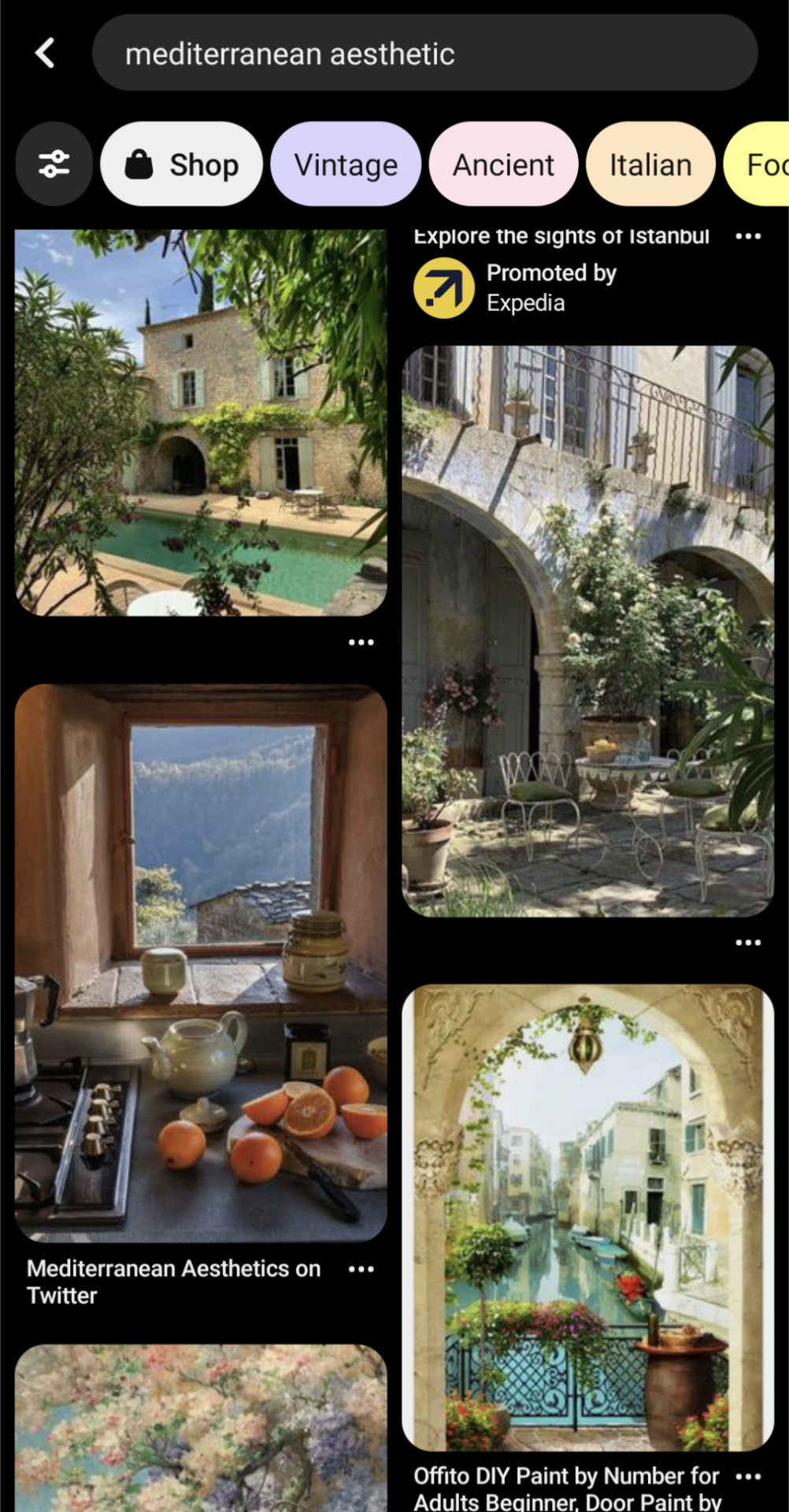
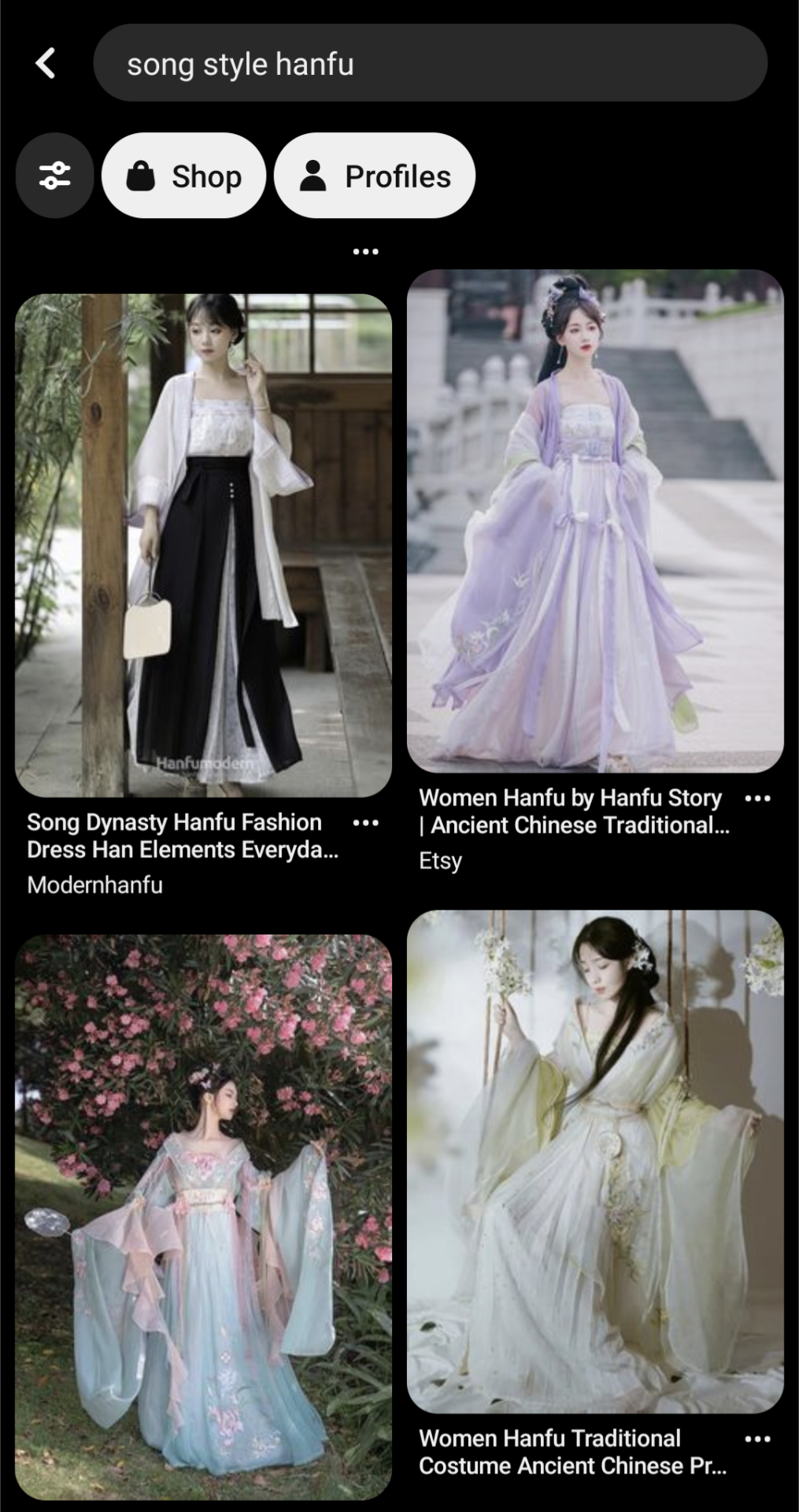
These are pretty specific things, so they find specific things that I want! And after saving them, here is what my feed looked like--chockful of everything I wanted!
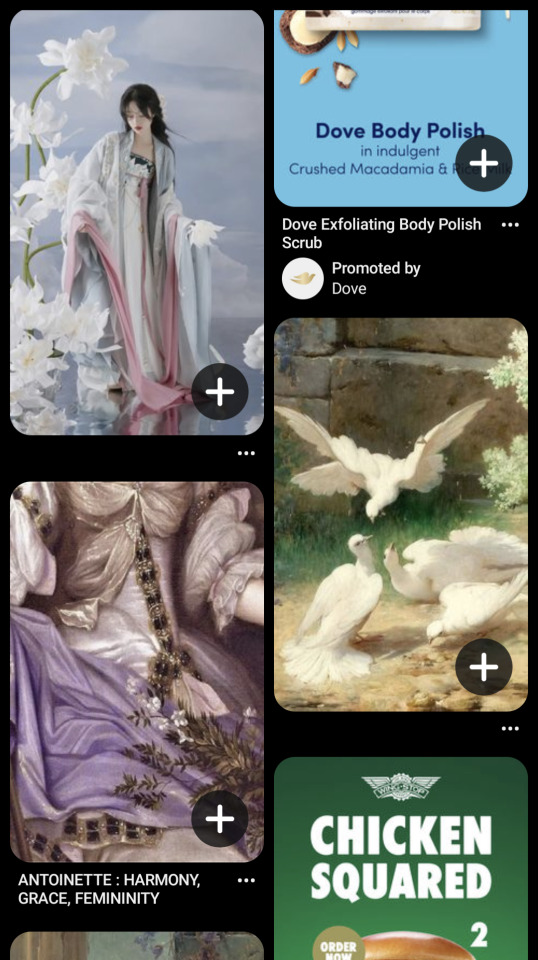
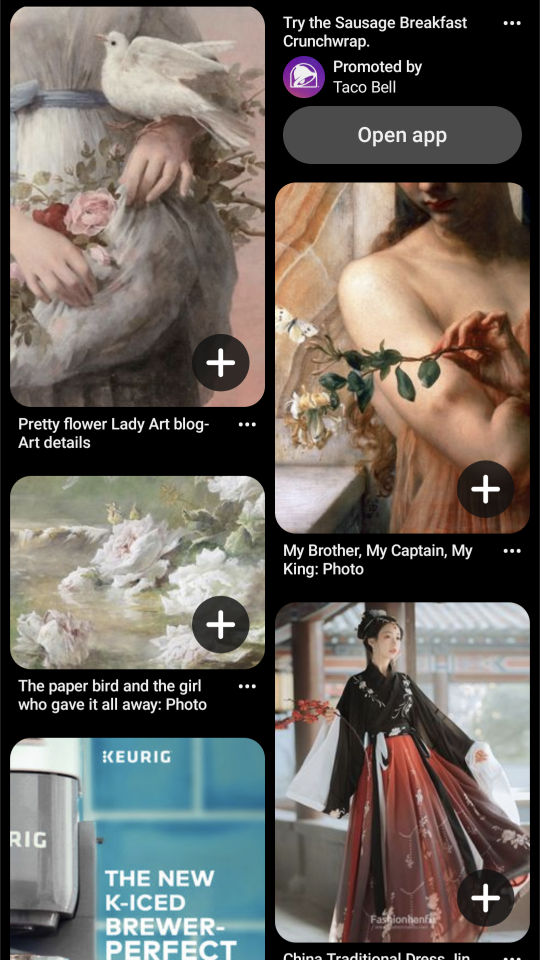
(Tip! If you want board-specific suggestions, aka only finding suggestions from a Pin board you made, go to that board and find "More Ideas"! ✨)
Closing thoughts
I hope this was all useful to you! ♥️♥️ I know it included a little more than you wanted, but I hoped it helped anyway! If you want me to help you look for things, drop me a DM, de-anoned ask (which I can answer privately to you), or even just an anon ask again, and I can help you find some keywords and resources to find. I love doing research!
Thanks for sending an ask 💕💕💕✨
64 notes
·
View notes
Text
Khalkh Mongol gutal,
Buriad gutal, Oirad
Oirad goson,
Tsarag, and Tookuu
0 notes
Text
Fashion in Uroboros
A brief overview of the different styles of fashion within the IF's setting! It was going to be much longer than it is now, since I initially explained the reasoning I chose these... but I'll resist!
Note that the fashion is not aiming to be authentic. In fact, I've highlighted some of the different ways I've attempted to make these extremely different styles take influence from one another, and even modified them to make more sense thematically for the story.
The fashion is merely inspired, not necessarily accurate to the fashion they're inspired from. Realism isn't the goal, but I still want them to be somewhat convincing, and also cool-looking! I'll also add more thoughts towards the end on this note.
༺═──────────────
Southwestern Galaio - Takes inspiration from Rococo fashion, in part because its climate is similar to western Europe (oceanic climate). Extravagant and blindingly opulent, though I envision it as incorporating more naturalistic elements, such as birds and flowers into their design. However, their design also tend to be asymmetrical and large-scaled.

Portrait of Anastasia Ushakova by Ivan Kusjmitsch Makarov; painting by Lucius Rossi; and "The proposition" by Arturo Ricci
Western Galaio - Takes inspiration from Song Dynasty China, as it also has a humid subtropical climate. A time of prosperity as well, but I chose it over the Tang Dynasty because the designs are more simplistic. I wanted this region to be more muted, but still elegant in fashion compared to other regions. Not as flashy, and much less concerned about extravagant wealth. Though it's in Song style, I enlisted the help of an article to help me incorporate some western elements to it, such as lace and fans.
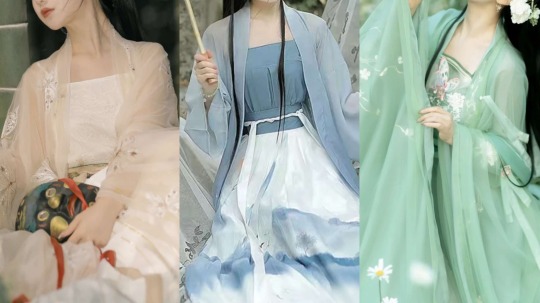
Lexie from Hanfu Story; Bleu from Hanfu Story; and Butterfly Dream from NewMoonDance!
Central Galaio (Part 1) - Humid continental climate. Closer to the southwest, their fashion reflects much of Rococo style as well, but with some modifications (no train for dresses, etc.). This is in reference to Catherine the Great's time, in which Russia had oriented itself towards European fashion (specifically, the Rococo style), but Catherine the Great dictated the fashion to be more Russian and instill national pride.

Catherine the Great by Fedor Rokotov, 1763
Central Galaio (Part 2) - Farther from the southwest and more towards the north, their fashion is much closer to Western Galaio. They still have elements of the southwest, but they have a strong emphasis on functionality and practicality, which the southwest appears to be fundamentally against.
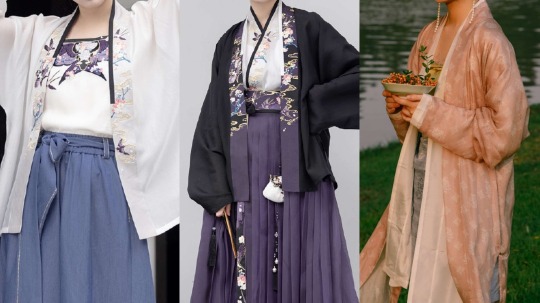
hanfu by 瞳莞汉服 (left and center); photography by 松果sir and model @白川鹅 (right)
Central Galaio (Part 3) - There's a distinct region that is a cold desert. Here is inspired by Mongolian deel. It's thicker and has several layers to withstand the cold, compared to Western Galaio's clothing, which in contrast have lighter fabrics.

13th century Mongolian deel from Mongulai, founded by Telmen Luvsandorj
Eastern Galaio - Also a wealthy coastal region of Galaio. Mediterranean climate. They take inspiration from the extravagance of the southwest, but fashion is looser, free, and light. The colors are also more natural, like white, brown, blue, etc. rather than the entire spectrum of colors that the southwest and west enjoy.
Deities - Inspired by Edo period Japan, another period of flourishing economic growth. The fashion of the deities likely came from the fashion of a past time, rather than a reflection of current human fashion. Western and Central Galaio's clothing look similar to the kosode gods wear, perhaps because these regions are more rooted in tradition compared to Southwestern and Eastern Galaio. The major modification I made for the fashion of deities, however, is making it more unisex and more relaxed.
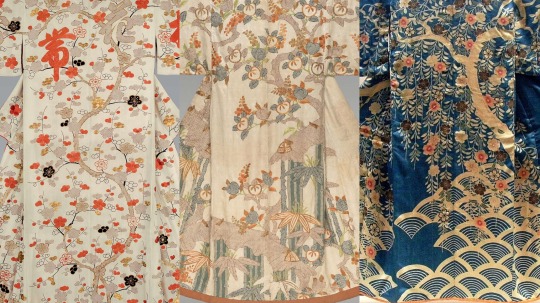
From Philadelphia Museum of Art; the Mary Griggs Burke Collection; and from asianhistory.tumblr.com
Additional Notes
I had tormented myself a lot over authenticity, but I realized the fashion can remain merely inspired, not directly referenced. I'm not actually trying to make a Walmart version of France or any of these cultures. However, I do hope that the admiration I have for these cultures shine through!
A lot of these come from periods of prosperity, the "golden ages". Galaio is beautiful and prosperous, but it obscures a deep ugliness within.
These may be subject to change, and won't be super prominent in the story itself. They merely gave me a general idea or silhouette of the kind of clothes people may wear. I think the most reference I'll give them within the IF is a general aesthetic of the clothes rather than specific details. Hence why they're merely inspired.
Thanks for reading thus far! :)
78 notes
·
View notes